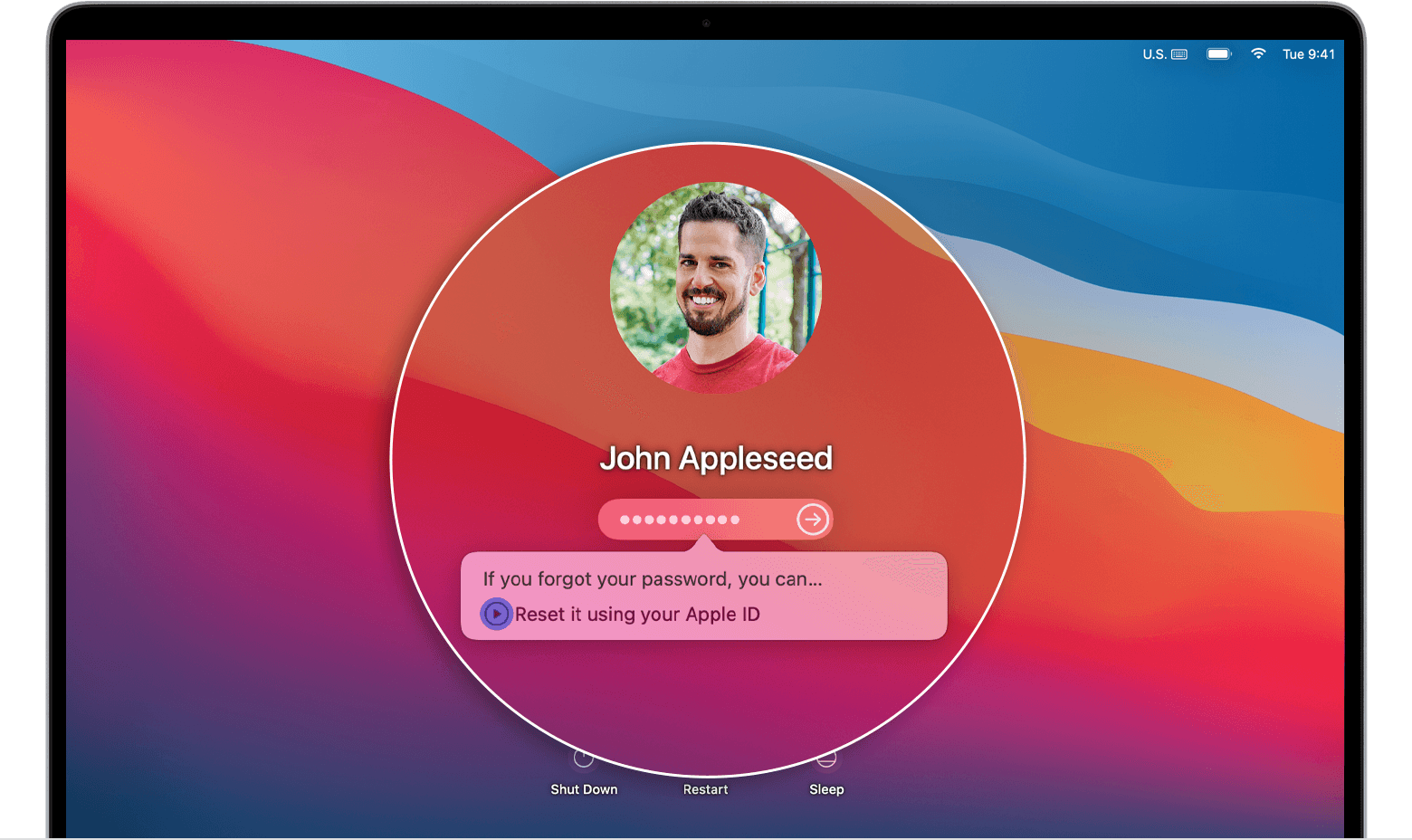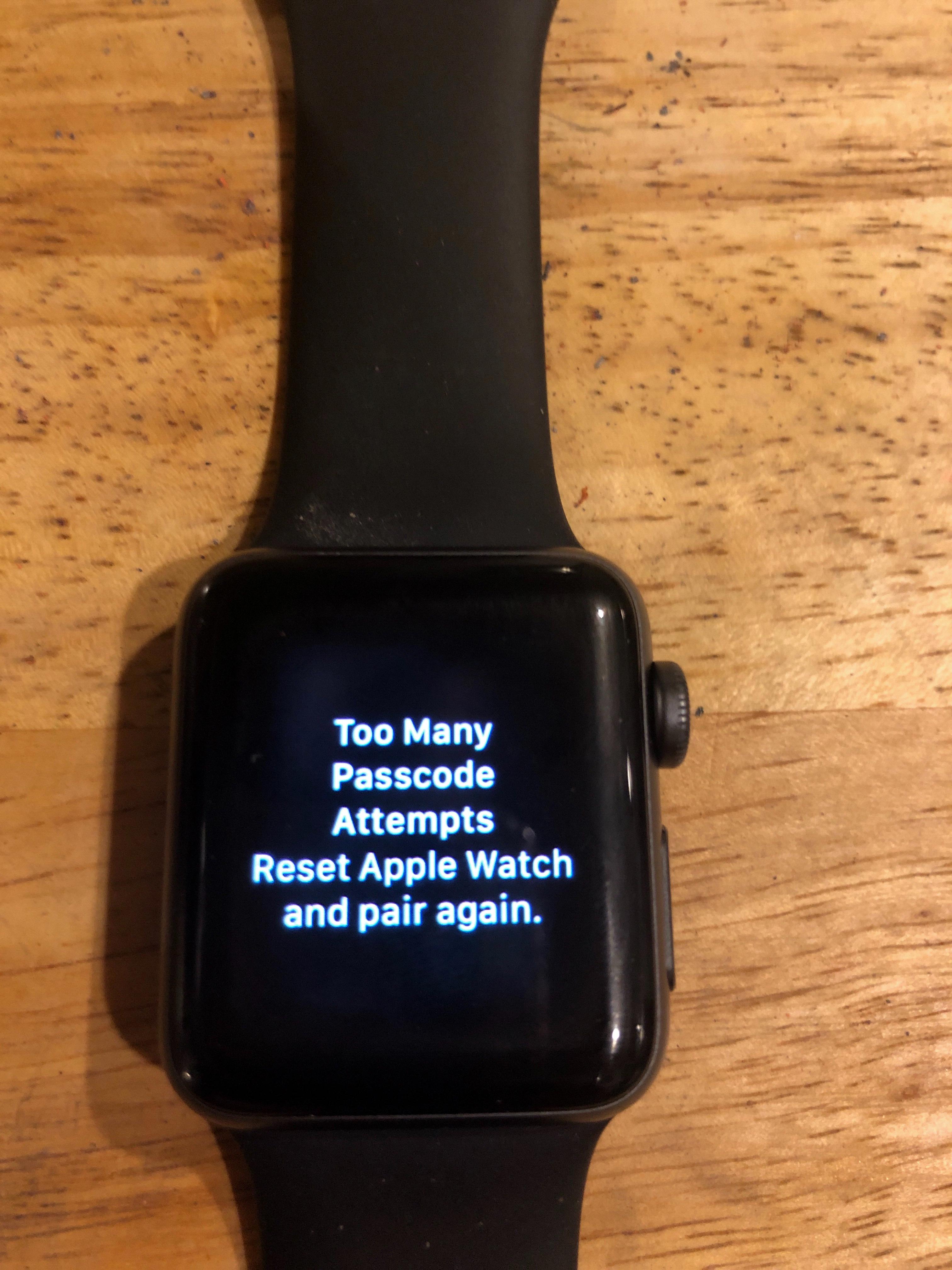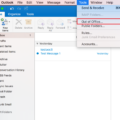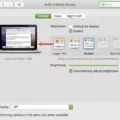If you’re using a Macbook, it’s important to protect your device with a secure password. A strong password will help keep your data safe from hackers and other malicious actors. In this article, we’ll discuss the importance of haing a good password and how to create one for your Macbook.
First, let’s take a look at why passwords are important on Macbooks. When you set up your Macbook, you create a user profile that contains all of your personal inormation and settings. This means that anyone who gains access to your computer can gain access to all of this information. To prevent this, it’s important to use a strong password that is difficult to guess or crack.
Now let’s look at how to create a secure password for your Macbook. First, make sure that your password is at least 8 characters long and contais numbers and symbols in addition to letters. It should also be something that you can remember without writing it down or storing it somewhere insecurely.
Once you have created a strong password, it’s important to make sure that you keep it secure. Never share your password with anyone else and make sure not to store it in an easily accessible place such as on your laptop or in an unencrypted file on the internet. Additionally, if you ever suspect that soeone has guessed or cracked your password, change it immediately!
Finally, make sure to enable two-factor authentication (2FA) on the account associatd with your Macbook if possible for added protection against hackers and other malicious actors. 2FA adds another layer of security by requiring an additional code when logging into an account or making certain changes within the account settings.
We hope this article provides some useful information abut creating and maintaining secure passwords on Macbooks!

Finding the Password on a Mac
To find the password on your Mac, you’ll need to access the Keychain Access application. To do this, go to Applications > Utilities and double-click Keychain Access. You will be asked to enter your Mac’s login password. Once in the application, you can search for a specific website or app by entering its name in the search field at the top right corner of the window. When you’ve found what you’re looing for, double-click it and select “Show Password” to view the password associated with it. If prompted again, enter your Mac’s login password to gain access.
What to Do If You Forget Your Mac Password
If you have forgotten your Mac password, don’t worry – there are several ways to reset it. First, try using your Apple ID. If you have an Apple ID associated with your Mac, you can use it to reset your password. To do this, click the question mark next to the password field and then click on the arrow next to “reset it using your Apple ID”.
Another option is to use the Reset Password Utility in your Mac’s Utilities folder. This will allow you to create a new login password without erasing any of your data or settings. To access this utility, restart your Mac and hold down Command + R until the Apple logo appears. Then select “Utilities” from the menu bar at the top of the screen and choose “Reset Password” from the Utilities window.
Lastly, if all else fails, you can aways erase and reinstall macOS from scratch. This will require that you back up all of your data before proceeding as it will be erased during this process. To erase and reinstall macOS, restart your Mac and hold down Command + R until the Apple logo appears. Then select “Disk Utility” from the menu bar at the top of the screen and choose “Erase” from Disk Utility’s utility window. Once complete, you can reinstall macOS by selecting Reinstall macOS from either Disk Utility or Recovery Mode in Utilities.
Although forgetting a password can be frustrating, these steps should help get you back on track quickly!
Unlocking a MacBook Pro
Unlocking a MacBook Pro is a simple process that can be done in sveral ways.
The first option is to use the Watch app on your iPhone or Apple Watch. If you have an Apple Watch, you can unlock your Mac simply by bringing it close to the computer. Your watch will recognize the Mac and unlock it automatically.
The second option is to reset your MacBook’s password by resetting your Apple ID. To do this, open System Preferences, select Users & Groups and click on the lock icon at the bottom of the window. Enter your current password and then click Reset Password. You will then be prompted to enter a new password for your Mac.
The third option is to use a different admin account if one exists on your Mac. This will require you to know the username and password of that account in order to access it. Once you’ve logged in with that account, you can go into System Preferences > Users & Groups and change or reset any oter user accounts’ passwords from there.
The fourth option is to use Recovery Mode which will allow you to reset your password without erasing any of your data or files from the Mac hard drive. To do this, restart your computer while holding down Command + R until you see the Apple logo apper onscreen. You will then be presented with various options for restoring or repairing your computer’s software and data. Select “Reset Password” from among these options, enter a new password when prompted and follow any additional instructions as they appear onscreen in order to complete the process successfully.
The fifth option is to use Reset Password Assistant if FileVault is enabled on your Macbook Pro – this tool alows you create a new security key which can be used with FileVault instead of a normal user password in order to unlock it again when needed. To access this tool, restart your computer while holding down Command + R until you see the Apple logo appear onscreen, select “Utilities” from among the various options that appear and then choose “Reset Password Assistant” from there before following its instructions as they appear onscreen in order to complete the process successfully.
Finally, for users who have enabled FileVault encryption on their computers, there is also an option of using their recovery key through FileVault – this requires entering both their recovery key ID number (which can be found under Security & Privacy in System Preferences) as well as its corresponding recovery key (which must have been stored somewhere safe prior to enabling encryption). Once both these pieces of information are entered correctly into FileVault prompt that appears after restarting their computer while holding down Command + R until seeing Apple logo, their computer should unlock agin without requiring them to enter any passwords at all!
Unlocking a MacBook Air When Forgotten Password is an Issue
If you have forgotten your password for your MacBook Air, there are a few ways to reset or unlock it. Firstly, you can use the Reset Password assistant, which is located in the Utilities folder of your Finder. To open the Reset Password assistant, open the Utilities folder and select “Reset Password” from the list.
Alternatively, you can open Terminal (located in the Utilities folder) and type in “resetpassword”. This will also open the Reset Password assistant. If you are asked to select an admin user that you know the password for, click “Forgot all passwords?”.
If none of these methods work for you, then you may need to restore your Mac from a backup or reinstall macOS. To do this, restart your Mac and hold down Command-R when it starts up until you see an Apple logo or spinning globe. You can then follow the onscreen instructions to erase your Mac and reinstall macOS.
Bypassing a Password on a Mac
Bypassing a password on a Mac can be done by using the single-user mode. To do this, you will first need to power off your Mac computer and then turn it back on. Once it is turned on, press and hold Command (?) + S keys to enter the single-user mode. In the single-user mode, type in ‘passwd username’ where username is the username of the account you want to reset the password for. After entering this command, you will be prompted to enter a new password for that user account twice. Once you have entered your new password for that account twice, type in ‘reboot’ followed by enter key to restart your Mac computer normally. This will bypass the original password and alow you to use your new one instead.
Conclusion
In conclusion, it is important to protect yourself online by using passwords on your Macbook. Passwords help protect your data from beig accessed by unauthorized users, and ensure that only you can access your information. With the help of Safari and Keychain Access, you can easily store and manage your passwords in a secure way. Additionally, if you ever forget your password or need to reset it, you can use your Apple ID to reset it quickly and securely.








